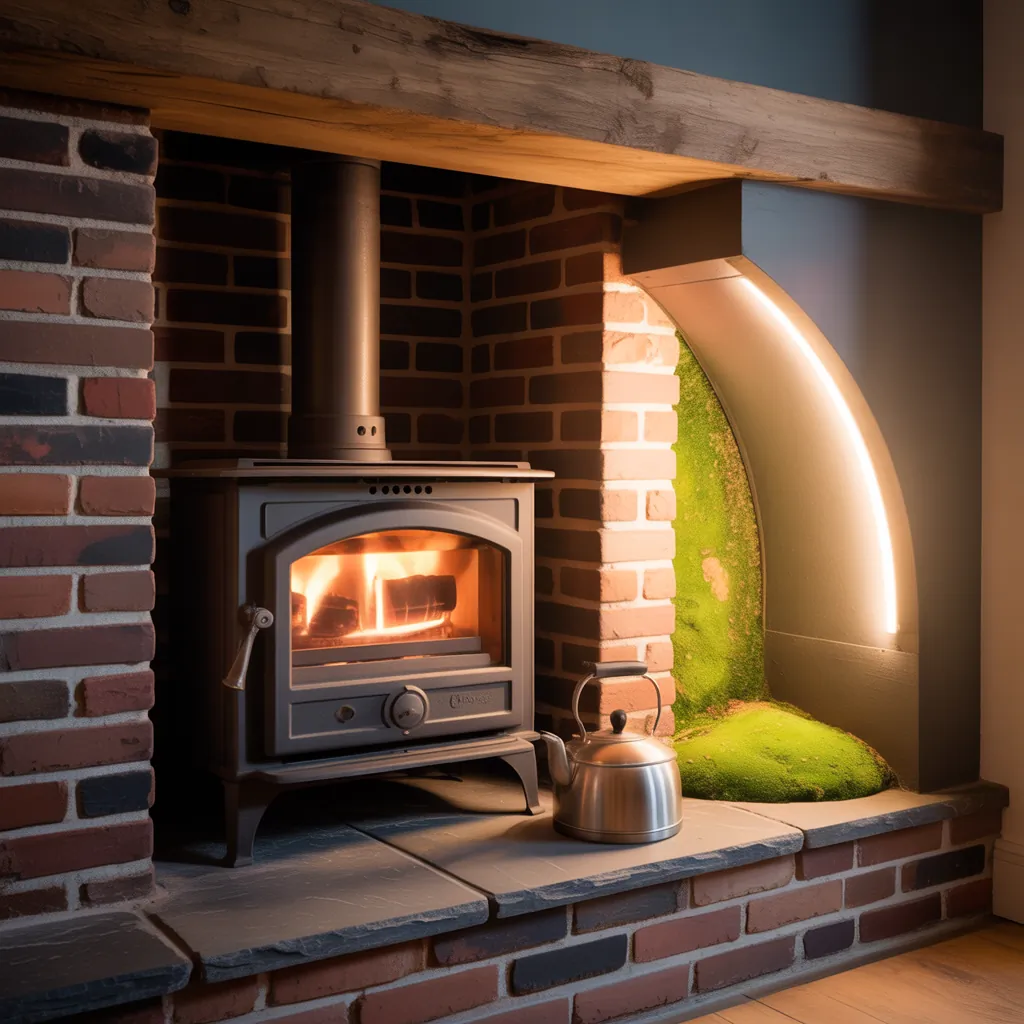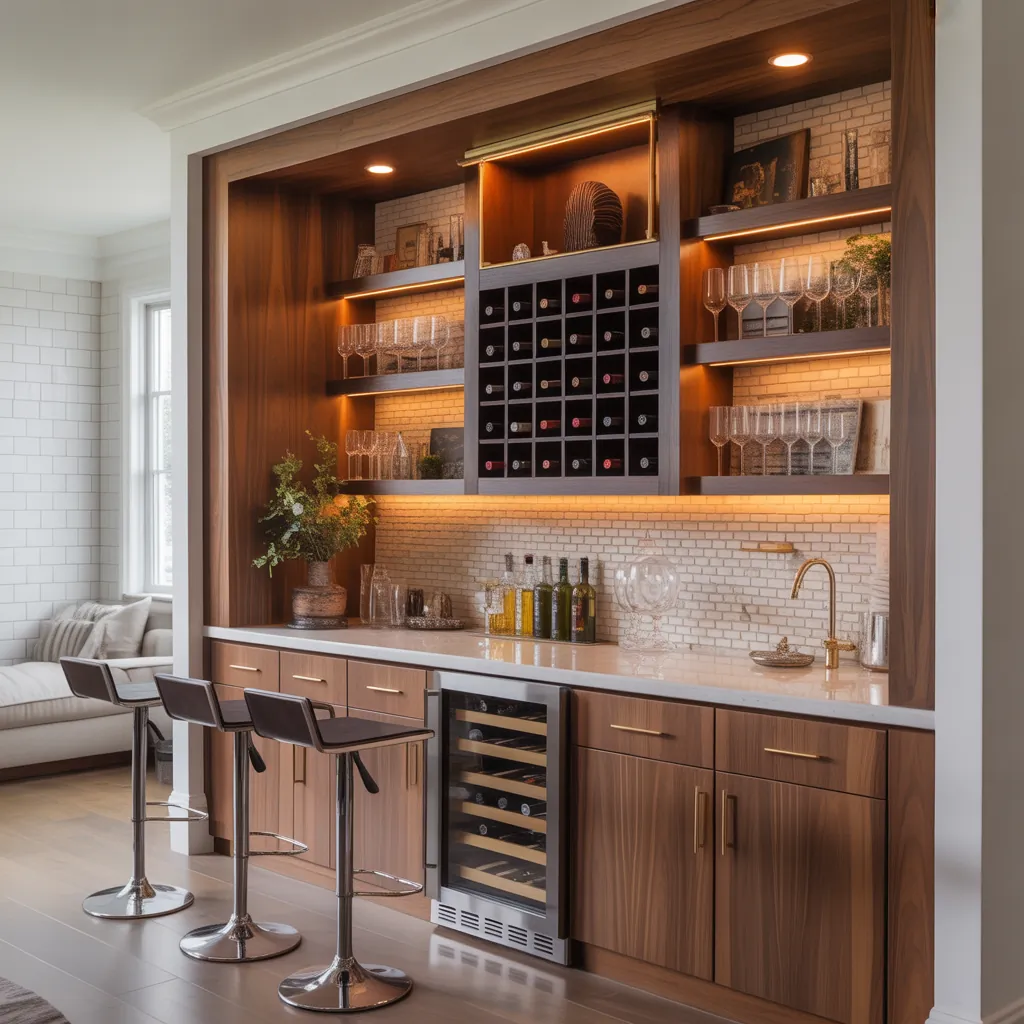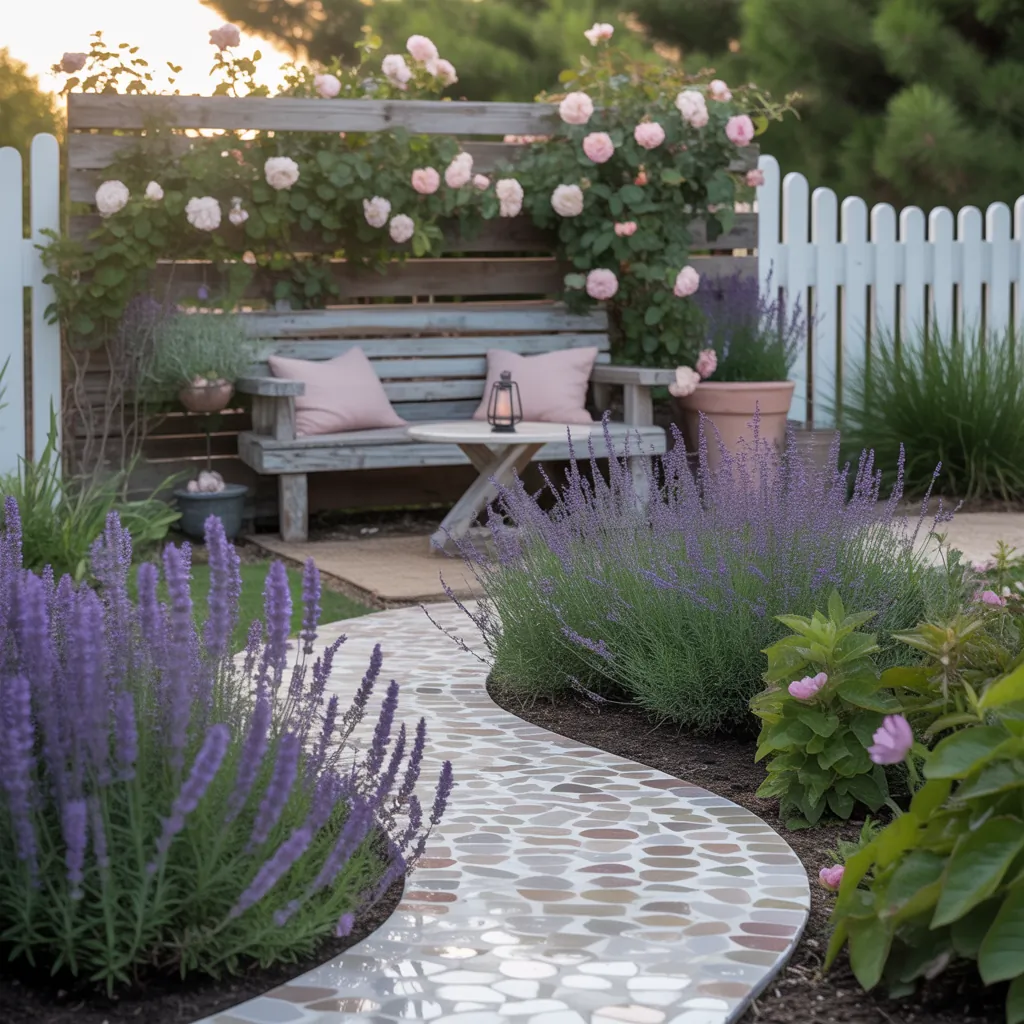Have you ever stood in your living room, eyeing an empty corner and imagining a roaring wood stove there for cozy winter nights — but paused because you weren’t sure how to design a safe, attractive hearth? If you’re tackling a small renovation or a weekend DIY, the right corner wood stove hearth design can transform awkward space into a focal point that’s both functional and beautiful.
Why a corner hearth might be the best solution for your home
Corner hearths maximize floor space, create warm conversation nooks, and can be tailored to fit modern or rustic interiors. Whether you’re working with a compact condo, a farmhouse, or a cabin, corner setups are often space-saving and visually impactful. Below are practical ideas, step-by-step DIY guidance, and real-world tips so you can plan confidently.
Corner wood stove hearth design ideas: style and material inspiration
1. Raised stone hearth for a rustic look
Use natural stone or stacked stone veneer to build a raised hearth platform. This classic option frames the stove beautifully, provides a wood pile shelf underneath, and elevates the stove for better heat radiation.
2. Sleek tile hearth for modern homes
Large-format porcelain or slate tiles create a minimalist, easy-to-clean hearth. Pair with a slim metal trim and a neutral grout for contemporary appeal. Consider a flush or slightly raised edge depending on your flooring.
3. Reclaimed brick for farmhouse charm
Reclaimed brick adds texture and patina. Lay bricks with a bullnose or chamfered edge for a finished look. Bricks are durable and pair well with wooden mantels and open shelving.
4. Metal and concrete combo for industrial vibes
A concrete pad with a corten steel border or step provides a modern industrial aesthetic. Concrete can be stained or stamped to mimic other materials and is very heat resistant.
5. Soapstone or cast stone inset for high heat mass
Soapstone holds and radiates heat long after the fire dies down. A soapstone hearth slab or inset tiles are perfect if you want long-lasting warmth and a natural stone finish.
Practical DIY tips before you start
- Always consult the wood stove manufacturer’s manual for exact clearance requirements and hearth extension dimensions.
- Check local building codes and your insurance requirements — many regions require non-combustible hearth pads and minimum clearances.
- Consider stove placement for traffic flow and sightlines — the corner should allow proper flue routing and chimney access.
- Account for thermal expansion and ventilation: leave small gaps where materials meet walls and use heat-resistant sealants.
Step-by-step DIY: build a simple corner hearth
Use this as a general guide — adapt dimensions to your stove manual and local codes.
Materials and tools
- Non-combustible backer board (cement board or refractory board)
- Mortar and thinset
- Tiles, stone veneer, brick, or hearth slab
- Metal edging or trim (optional)
- Level, trowel, tile spacers, wet saw
- Drill, screws, protective sealant/grout
Step-by-step
- Measure your stove and mark the hearth area. Ensure the hearth extension meets the stove’s recommended front and side distances.
- Prepare the subfloor — remove base trim and make the area flat. If building a raised hearth, construct a plywood subframe attached to the joists.
- Install cement backer board or refractory board over the subfloor/subframe and fasten per manufacturer instructions.
- Apply mortar and set your tile, brick, or stone. Use spacers for consistent grout lines and keep surfaces level.
- Grout or point veneer joints, clean excess, and allow proper cure time before use.
- Seal porous materials like natural stone or brick with a high-temperature-rated sealer.
- Finally, install a heat shield on adjacent walls if required, and position the stove ensuring clearances are respected.
Design features that add function and flair
- Built-in wood storage: integrate cubbies or a lower shelf under a raised hearth for dry wood that’s easy to access.
- Seating: a corner bench with cushions becomes a cozy reading spot warmed by the stove.
- Floating hearth: a wall-mounted stone slab that visually floats creates a contemporary statement without a large footprint.
- Accent wall: tile, stone veneer, or shiplap behind the stove improves heat resistance and creates drama.
- Lighting: recessed or directional lighting above the stove highlights texture and improves ambiance.
Safety and maintenance—don’t skip these
Even the most beautiful corner wood stove hearth must be safe. Keep combustible materials, curtains, and furniture outside the stove’s clearances. Install a carbon monoxide detector and smoke alarm near the room. Sweep the chimney annually and check seals, gaskets, and the hearth surface for cracks or movement.
Small-space solutions: corner wood stove ideas for tight rooms
In compact homes, choose a compact corner stove model and a flush or low-profile hearth. Use reflective materials like light-colored tile or a mirrored backsplash to visually expand the room. Vertical storage for kindling keeps the floor clear. This approach preserves traffic flow while delivering efficient heat.
Frequently Asked Questions
1. What materials are best for a corner wood stove hearth?
Non-combustible materials such as stone, tile, brick, concrete, and soapstone are ideal. Choose materials rated for high heat and easy cleaning; combine aesthetics with function (for instance, soapstone for heat retention, porcelain tile for easy maintenance).
2. How far should the hearth extend from a wood stove?
Hearth extensions depend on the stove’s rating and manufacturer recommendations. Typical guidance ranges from a few inches to 18 inches or more. Always follow the stove manual and local codes — when in doubt, err on the side of a larger non-combustible pad and consult a professional installer.
3. Can I build a raised hearth myself?
Yes — many DIYers build raised hearths using plywood subframes topped with cement backer board and tile or stone. Make sure the subframe is secure to floor joists, use proper backer materials, and follow the stove manufacturer’s clearance requirements. If you’re unsure about load-bearing or chimney connections, hire a pro for that portion.
Ready to transform your corner?
Corner wood stove hearth design ideas range from rustic stacked stone to sleek tile and modern concrete. Start by measuring, checking clearances, and choosing materials that suit both your style and safety needs. If you love DIY challenges, a hearth build is a rewarding project that adds warmth and resale value.
Want more project inspiration? Check out our DIY projects and home design ideas pages for step-by-step guides. If your renovation touches the kitchen too, explore related kitchen upgrades.
If you’re ready, sketch a plan, gather materials, and take the first step toward a cozier corner — or leave a comment below with your layout and I’ll help you brainstorm.



